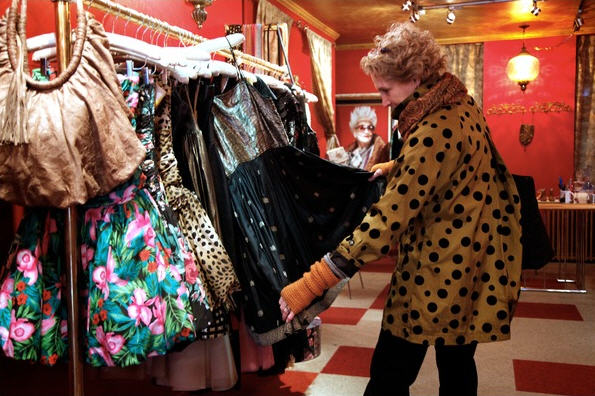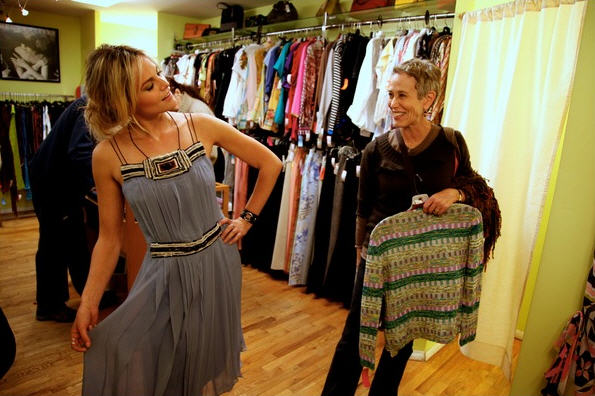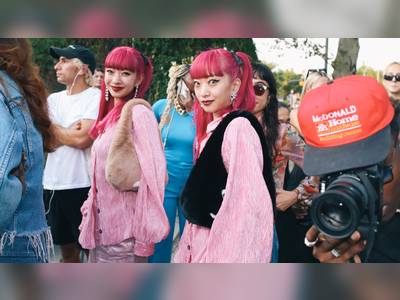But when I uncovered what lay beneath them, those concerns disappeared like last season’s Paddington bag. Under the pile of offensive and out-of-style rags were the swirling curlicues of an Emilio Pucci mini dress with a structured bodice that riffed on Madonna’s racy Vogue bra.

I caught my breath. It was $5.
Finds like this help thrift and vintage shoppers steel themselves against the onerous task of sifting through racks of vile and/or unfashionable clothing that seem to make up 99 percent of most shops’ inventories.
But in Manhattan, a host of vintage and consignment stores have done the work for you, selecting the best used (or more euphemistically, “pre-loved”) clothing and selling it at reasonable rates. Even some of the city’s thrift stores — where goods are sometimes less choice because they are provided by donations from the public — are pleasant, run by staff members who tastefully curate their stock.

Shops come in several varieties. Some thrift shops are run for profit and some donate proceeds to a particular charity and are run by volunteers. Then there are vintage shops, specializing in retro clothing, often from a spectrum of eras. Finally there are consignment stores, where owners drop off their unwanted clothing to be sold, sharing a percentage of the profit with the store’s proprietor. The price typically goes down the longer the item remains unsold.













